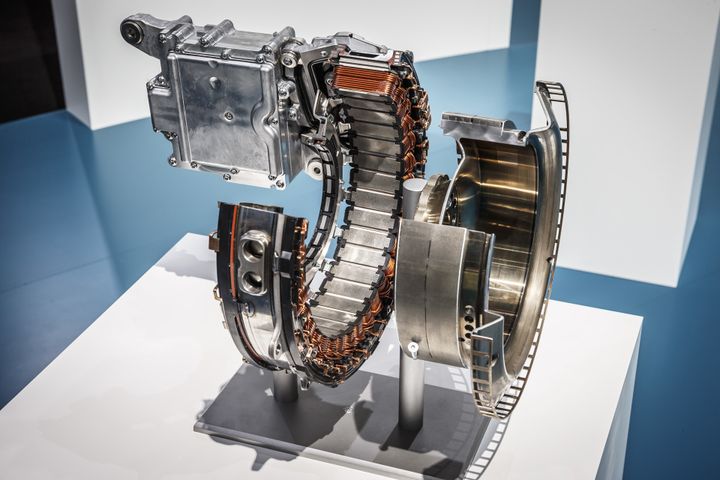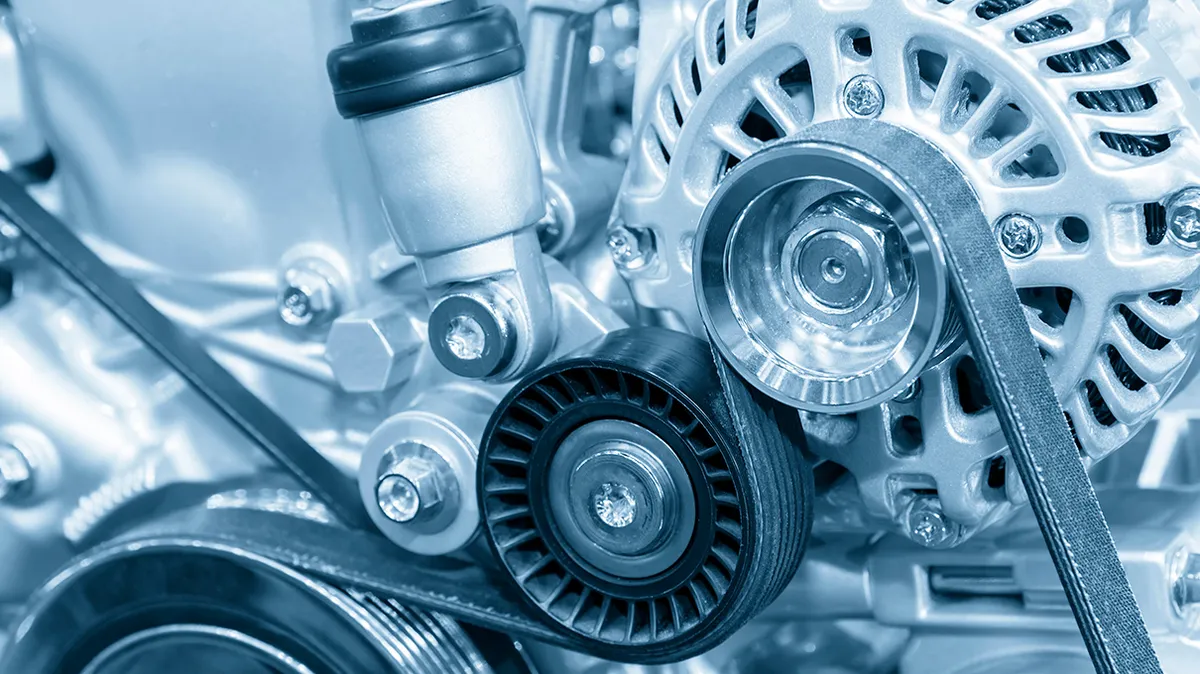


Stop/start alternators are a key component in modern vehicles equipped with stop/start technology, which automatically shuts off the engine when the vehicle comes to a stop and restarts it when the driver releases the brake pedal. These advanced alternators are specifically designed to handle the increased electrical demands and frequent engine restarts associated with stop/start systems, while also contributing to improved fuel efficiency and reduced emissions.
This article will explore the key features and benefits of stop/start alternators, their integration with other vehicle systems, and future developments in this technology. By understanding how these alternators enable efficient stop/start operation, we can better appreciate their crucial role in the automotive industry's pursuit of sustainability and environmental responsibility.

Stop/start alternators incorporate several key features that distinguish them from traditional alternators:
| Feature | Description |
|---|---|
| Higher output capacity | Necessary to support frequent engine restarts and increased electrical demands |
| Heavy-duty construction | Robust components designed to withstand increased charge cycles and temperature variations |
| Optimized voltage control | Intelligent regulation that balances battery charging and electrical load management |
| Efficient rectification | High-efficiency rectifiers minimize power losses and maximize power generation capacity |
| Low RPM performance | Enhanced output at engine idle speeds, crucial for frequent low-speed operation in stop/start driving |
These features work together to ensure that stop/start alternators can reliably meet the unique challenges posed by stop/start technology, providing a stable and efficient power supply for the vehicle's electrical system.
Stop/start alternators are closely integrated with other vehicle systems to optimize performance and efficiency:
Regenerative braking : During deceleration, the alternator functions as a generator, converting kinetic energy into electrical energy to recharge the battery, thereby recovering energy that would otherwise be lost as heat.
Intelligent communication : Stop/start alternators communicate with various vehicle modules, such as the engine control unit (ECU) and battery management system (BMS), to optimize their performance and ensure seamless integration with the vehicle's overall energy management strategy.
Electrical system enhancements : The implementation of stop/start technology often involves upgrades to other electrical components, such as the use of absorbent glass mat (AGM) batteries and heavy-duty starter motors, to support the increased demands and ensure reliable operation.
| Component | Traditional System | Stop/Start System |
|---|---|---|
| Battery | Lead-acid | AGM |
| Starter Motor | Standard duty | Heavy-duty |
The use of stop/start alternators enables several significant benefits for vehicles equipped with stop/start technology:
Fuel efficiency improvements : By allowing the engine to shut off when the vehicle is stationary, stop/start systems can reduce fuel consumption by 5-10% in city driving conditions. Stop/start alternators ensure the battery remains sufficiently charged to support frequent engine restarts, contributing to overall fuel savings.
Emission reductions : Eliminating engine idling during stops reduces the amount of pollutants released into the atmosphere, particularly in urban environments where air quality is a concern. Stop/start alternators help vehicles meet increasingly stringent global emissions regulations by ensuring the reliable and efficient operation of stop/start systems.
Electrical system performance : Despite the increased demands placed on the electrical system by stop/start technology, these alternators maintain a stable and reliable power supply, ensuring that electrical components function seamlessly during stop/start operation. This contributes to a smooth driving experience and the overall reliability of the vehicle's electrical system.
As the automotive industry continues to prioritize efficiency and sustainability, stop/start alternators are expected to undergo further advancements and integration with other vehicle technologies:
Integration with 48V mild hybrid systems Incorporation of advanced materials and electronics Potential for bi-directional power flow and energy storage Wireless monitoring and predictive maintenance capabilities
These advancements will enable stop/start alternators to contribute even more significantly to vehicle efficiency, performance, and sustainability in the coming years.
Stop/start alternators play a critical role in the successful implementation of efficient stop/start vehicle technology. Their high output, robust design, intelligent control, and seamless integration with other vehicle systems ensure reliable electrical performance while contributing to fuel savings and emission reductions. As the automotive industry continues to prioritize sustainability, stop/start alternators will remain crucial in enabling the widespread adoption of environmentally friendly vehicles.
A stop/start alternator is designed to handle the increased electrical demands and frequent engine restarts associated with stop/start vehicle technology, while also contributing to improved fuel efficiency and reduced emissions.
Stop/start alternators feature higher output capacity, heavy-duty construction, optimized voltage control, efficient rectification, and enhanced low RPM performance to support the unique requirements of stop/start operation.
During deceleration, the stop/start alternator functions as a generator, converting kinetic energy into electrical energy to recharge the battery, thereby recovering energy that would otherwise be lost as heat.
Stop/start alternators communicate with various vehicle modules, such as the engine control unit (ECU) and battery management system (BMS), to optimize their performance and ensure seamless integration with the vehicle's overall energy management strategy.
Stop/start alternators enable fuel efficiency improvements, emission reductions, and reliable electrical system performance in vehicles equipped with stop/start technology.
Future developments include integration with 48V mild hybrid systems, incorporation of advanced materials and electronics, potential for bi-directional power flow and energy storage, and wireless monitoring and predictive maintenance capabilities.
By enabling the engine to shut off when the vehicle is stationary, stop/start alternators help reduce the amount of pollutants released into the atmosphere, particularly in urban environments where air quality is a concern.
The implementation of stop/start technology often involves upgrades to other electrical components, such as the use of absorbent glass mat (AGM) batteries and heavy-duty starter motors, to support the increased demands and ensure reliable operation.
Despite the increased demands placed on the electrical system by stop/start technology, stop/start alternators maintain a stable and reliable power supply, ensuring that electrical components function seamlessly during stop/start operation.
Stop/start alternators feature optimized voltage control, which intelligently regulates the charging voltage to balance battery charging and electrical load management based on factors like battery state of charge, electrical load demands, and engine operating conditions.

Miguel started tinkering with car radios as a teenager, fascinated by the intricate dance of wires and circuits. This passion led him to pursue a career as an automotive electrician. For the past 10 years, Miguel has tackled everything from flickering headlights to mysterious electrical gremlins. He thrives on troubleshooting electrical problems and enjoys sharing his knowledge to empower car owners to understand their vehicles better.







